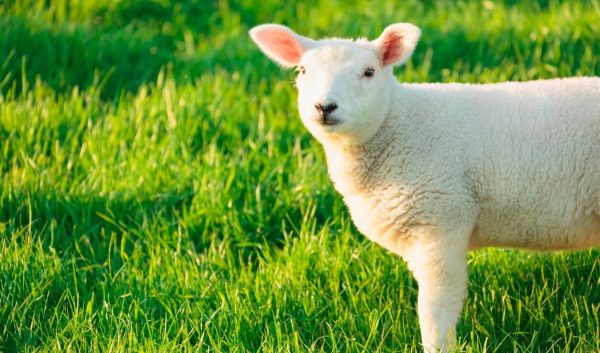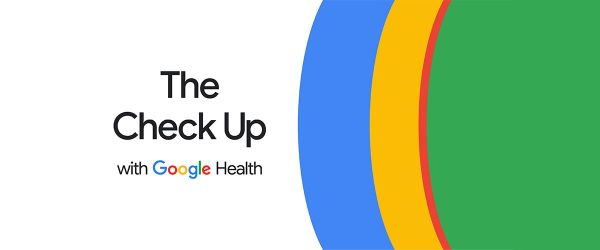More than ever, compassionate shoppers are opting to buy the high-quality, animal-free fashions that are currently flooding store shelves. With such easy access to kind fashion, there’s never been a better time to rid your closet of animal-derived materials. Here’s a quick and easy guide to help you identify the cruel materials in your closet so that you can purchase animal-free, vegan clothing and accessories the next time you shop.
Leather and Exotic Skins
What are they?
Leather is the skin of animals, such as cows, pigs, goats, kangaroos, ostriches, cats, and dogs. Often, leather items aren’t labeled accurately, so you never really know where (or whom) they came from. Snakes, alligators, crocodiles, and other reptiles are considered “exotic” in the fashion industry—they’re killed, and their skins are made into handbags, shoes, and other items.
What’s Wrong With Them?
Most leather comes from cows killed for beef and milk, so it’s a coproduct of the meat and dairy industries. Leather is the worst material for the environment, too, as it not only shares responsibility for all the environmental destruction caused by the meat industry but also pollutes the Earth with the toxins used in the tanning process. Whether it’s from cows, cats, or snakes, no animals need to die so that humans can wear their skin.
Brands and Materials to Wear Instead
Most major brands offer animal-free leather these days, from affordable options from stores such as Top Shop and Zara to high-end designers such as Stella McCartney and bebe. Look for “vegan leather” on clothing, shoe, and accessory tags. High-quality animal-free leather is made from many different materials, including non-animal microfibers, recycled nylon, polyurethane (PU), and even plants, including mushrooms and fruit. And bio-fabricated leather grown in laboratories is coming to a shelf near you soon!











